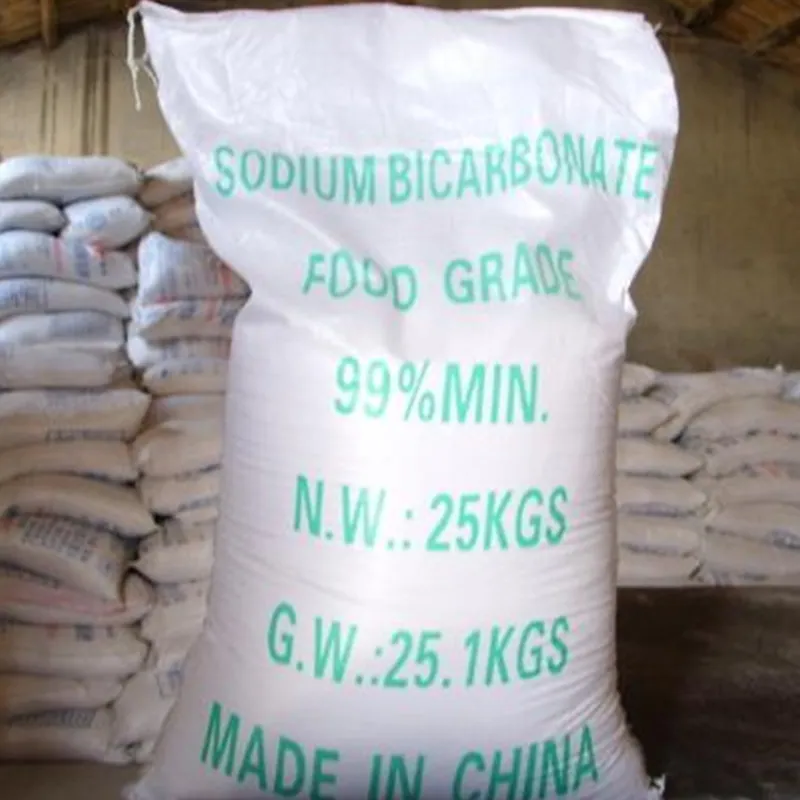
Exploring the Benefits and Uses of Greensand Fertilizer for Sustainable Gardening Practices
Greensand Fertilizer A Natural Solution for Your Garden
In recent years, gardening enthusiasts and environmentally conscious growers alike have taken a keen interest in the use of natural fertilizers. Among the various options available, greensand fertilizer has gained significant attention for its numerous benefits and eco-friendly properties. Derived from a natural soil amendment known as glauconite, greensand is a sustainable choice that enriches the soil and promotes healthier plant growth.
What is Greensand?
Greensand is a sedimentary rock that is rich in iron, potassium, magnesium, and trace minerals essential for plant health. Its distinct green color is attributed to glauconite, a mineral that forms under marine conditions. When extracted and processed into a fine powder, it becomes an effective organic fertilizer known for its ability to enhance soil health over time.
Benefits of Greensand Fertilizer
1. Nutrient-Rich Composition Greensand provides a plethora of nutrients that are vital for plant growth. The potassium content in greensand promotes strong root development, enhances flowering and fruiting, and aids in disease resistance. Additionally, the iron and magnesium present contribute to chlorophyll production, enhancing the green, lush appearance of plants.
2. Soil Structure Improvement One of the standout features of greensand is its ability to improve soil structure. It helps to retain moisture in sandy soils and enhances drainage in clay soils, creating a balanced environment for roots to thrive. This dual function makes greensand an excellent option for gardeners dealing with varying soil types.
3. Natural Source of Micronutrients Unlike synthetic fertilizers, greensand is a natural source of micronutrients, including manganese, copper, and zinc. These elements are essential for numerous physiological processes in plants and contribute to overall plant vitality. By using greensand, gardeners can ensure their plants receive a well-rounded supply of nutrients.
greensand fertilizer

4. Environmental Benefits As a natural product, greensand is an environmentally friendly choice for fertilization. It does not contain harmful chemicals or synthetic additives, making it safe for use in organic gardening. By opting for greensand, gardeners can reduce their ecological footprint, promote biodiversity in the soil, and contribute to the health of the surrounding ecosystem.
5. Long-lasting Effects Greensand is not a quick-release fertilizer. Instead, it works gradually, improving soil health over time. This slow-release nature means that the benefits of greensand are sustained, resulting in consistent plant growth and reduced leaching of nutrients into waterways.
How to Use Greensand Fertilizer
Applying greensand to your garden is straightforward. It can be mixed into the soil before planting or sprinkled around established plants as a top dressing. For new garden beds, a recommended application rate is around 10-20 pounds per 100 square feet. For existing plants, a light layer can be spread around the base, ensuring it doesn’t come into contact with the plant stems.
It’s worth noting that while greensand provides substantial benefits, it should be used as part of a broader fertility program. Combining greensand with other organic amendments, such as compost and well-rotted manure, can yield even better results, ensuring that your plants receive a comprehensive range of nutrients.
Conclusion
Incorporating greensand fertilizer into your gardening routine can lead to improved soil health, nutrient availability, and enhanced plant growth. As a natural, sustainable option, greensand represents an excellent choice for gardeners looking to foster a thriving ecosystem in their gardens. Whether you are an experienced gardener or a novice, greensand can help you cultivate a flourishing outdoor space while benefiting the planet. Make the switch to greensand, and experience the difference it can make in your gardening endeavors.
-
Industrial Chemicals: Quality & Purity for Every IndustryNewsAug.28,2025
-
Nitrile Rubber Honoring Strict Production StandardsNewsAug.22,2025
-
Aspartame Ingredients Honoring Food Safety ValuesNewsAug.22,2025
-
Fertilizer for Balanced Plant NutritionNewsAug.22,2025
-
Cyanide Gold Processing with High Purity AdditivesNewsAug.22,2025
-
Formic Acid in Textile Dyeing ApplicationsNewsAug.22,2025
-
Aluminum Hydroxide Gel in Skincare ProductsNewsAug.22,2025
Hebei Tenger Chemical Technology Co., Ltd. focuses on the chemical industry and is committed to the export service of chemical raw materials.
-

view more DiethanolisopropanolamineIn the ever-growing field of chemical solutions, diethanolisopropanolamine (DEIPA) stands out as a versatile and important compound. Due to its unique chemical structure and properties, DEIPA is of interest to various industries including construction, personal care, and agriculture. -

view more TriisopropanolamineTriisopropanolamine (TIPA) alkanol amine substance, is a kind of alcohol amine compound with amino and alcohol hydroxyl, and because of its molecules contains both amino and hydroxyl. -

view more Tetramethyl Thiuram DisulfideTetramethyl thiuram disulfide, also known as TMTD, is a white to light-yellow powder with a distinct sulfur-like odor. It is soluble in organic solvents such as benzene, acetone, and ethyl acetate, making it highly versatile for use in different formulations. TMTD is known for its excellent vulcanization acceleration properties, which makes it a key ingredient in the production of rubber products. Additionally, it acts as an effective fungicide and bactericide, making it valuable in agricultural applications. Its high purity and stability ensure consistent performance, making it a preferred choice for manufacturers across various industries.





